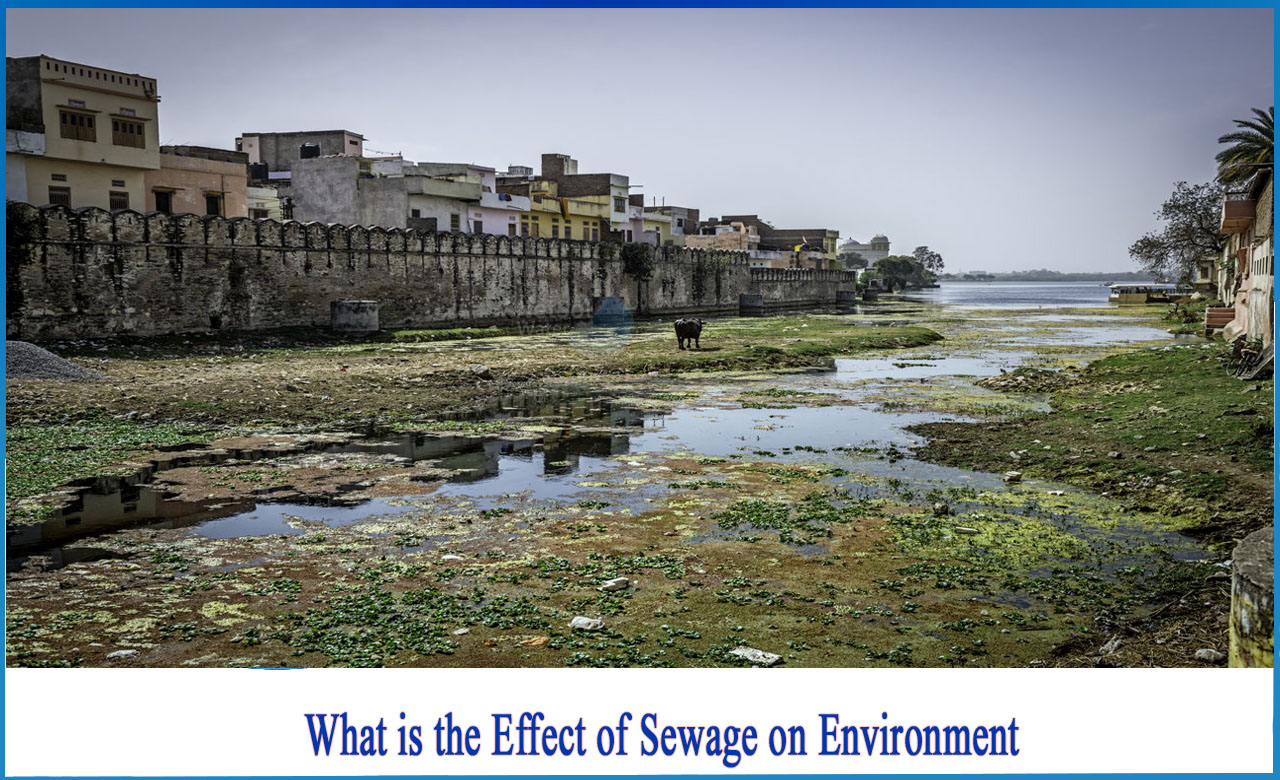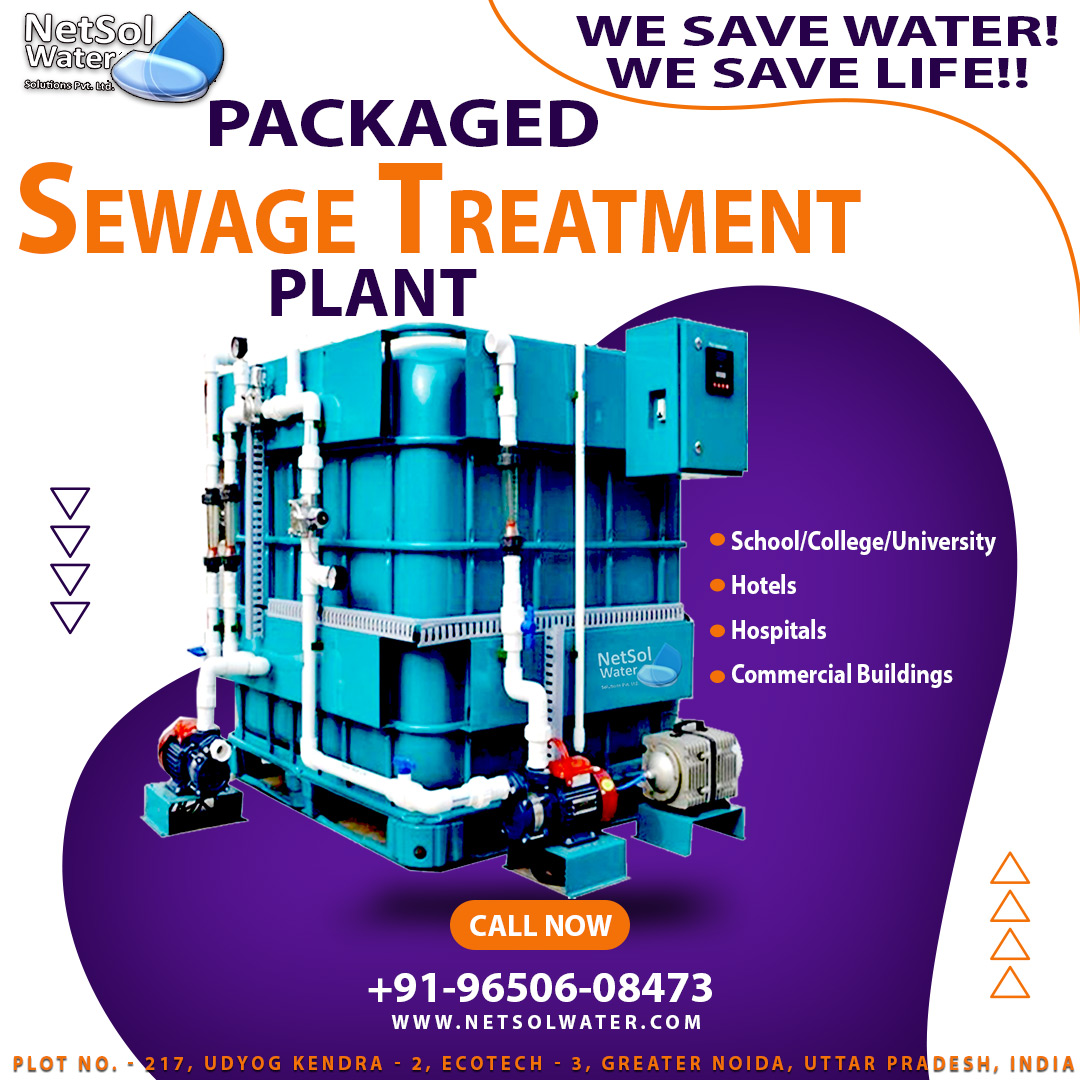What is the effect of sewage on environment?
Sewage is defined as waste matter and feces carried out in drains. Example of sewage is waste matter which gets flushed down in toilet and that gets carried away in the sewer.
Sewage is an important thing taken into consideration for every part of the world. It can be a stuff that leaves our toilet, or the large amounts of wastewater that flows out of factories and the industries. Also we all contribute to it and collectively solve the problem of sewage. The impact of sewage on the environment is negative.
Sewage and wastewater:
The effectof sewage on the environment is mainly negative. It requires proper treatment prior to its disposal and is usually disposed in the oceans.
There are two problems.
>If sewage is not fully treated prior to its disposal in oceans mainly, it can contaminate water and harm large amounts of wildlife.
>Secondly, flooding may cause fully untreated sewage to enter into rivers and other waterbodies, causing them to get polluted. The consequences are not good at all. Contamination of water bodies causes diseases to spread, like diarrhea, hepatitis A etc.
And even fully treated sewage can have many problems. Studies have found that microscopic plastic fibers gets released when certain clothes are washed, can make their way into wastewater treatment plants and then into marine ecology systems. They can harm many living creatures and also destroy the food chain.
Utilizing sewage
It is not all bad though. Humansewage consists a pool of information which may be used to check and monitor a range of areas. While most studies have focused on monitoring the usage of illegal drugs, it has recently being extended to the other potential fields of research. Determining the presence of pesticides, for instance, can be good for the food, agricultural sector and for all many other sectors.
Studying wastewater can also detect markers of oxidative stress in the samples collected. This mainly indicates that bodies are unable to neutralize some diseases. It may help the researchers to determine the effects of environmental pollution on some communities.
Wastewater treatment, which is also known asthe sewage treatment, that involves removal of impurities from wastewater or sewage prior to when they reach in aquifers or natural bodies of water such as rivers, lakes, estuaries, and oceans.
As pure water is not found in nature, any distinction between clean water and polluted water depends on its type and concentration of impurities found in the water as well as on how much we use. In other term, water is said to be contaminated when it contains enough impurities to make it not fit for uses, like drinking, swimming, or fishing.
Although water quality is affected by natural conditions, the word pollution mostly means human activity as the source of contamination. Water pollution, therefore, is caused mainly by the drainage of contaminated wastewater into surface water or groundwater, and wastewater treatment is the main and important element in controlling water pollution.
Sewage can originate from point sources or from dispersed sources. A point-source pollutant is one which reaches water from one pipeline, like a sewage discharge or outfall pipe. Dispersed sources are broad, not confined areas from which pollutants enter a body of water. Runoff of surface from farms is an example of dispersed source of pollution which carries animal wastes, fertilizers etc.
Also, Netsol Water has a large number of variety of machines for water and other domains. STP (Sewage Treatment Plant) is one of the machines that is used widely in sewage water treatment or waste water treatment and converting this wastewater into that water which can be used for many purposes like agricultural industries etc.




